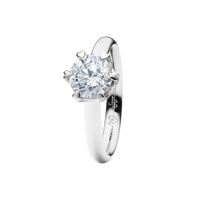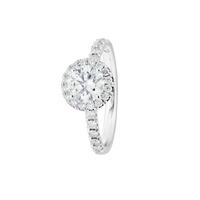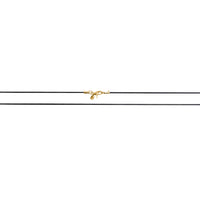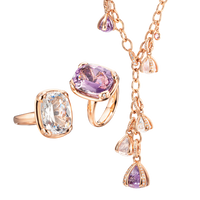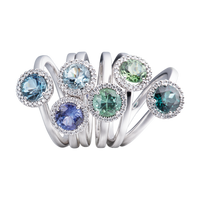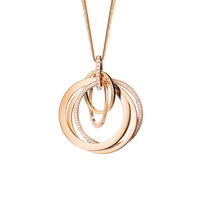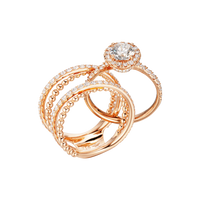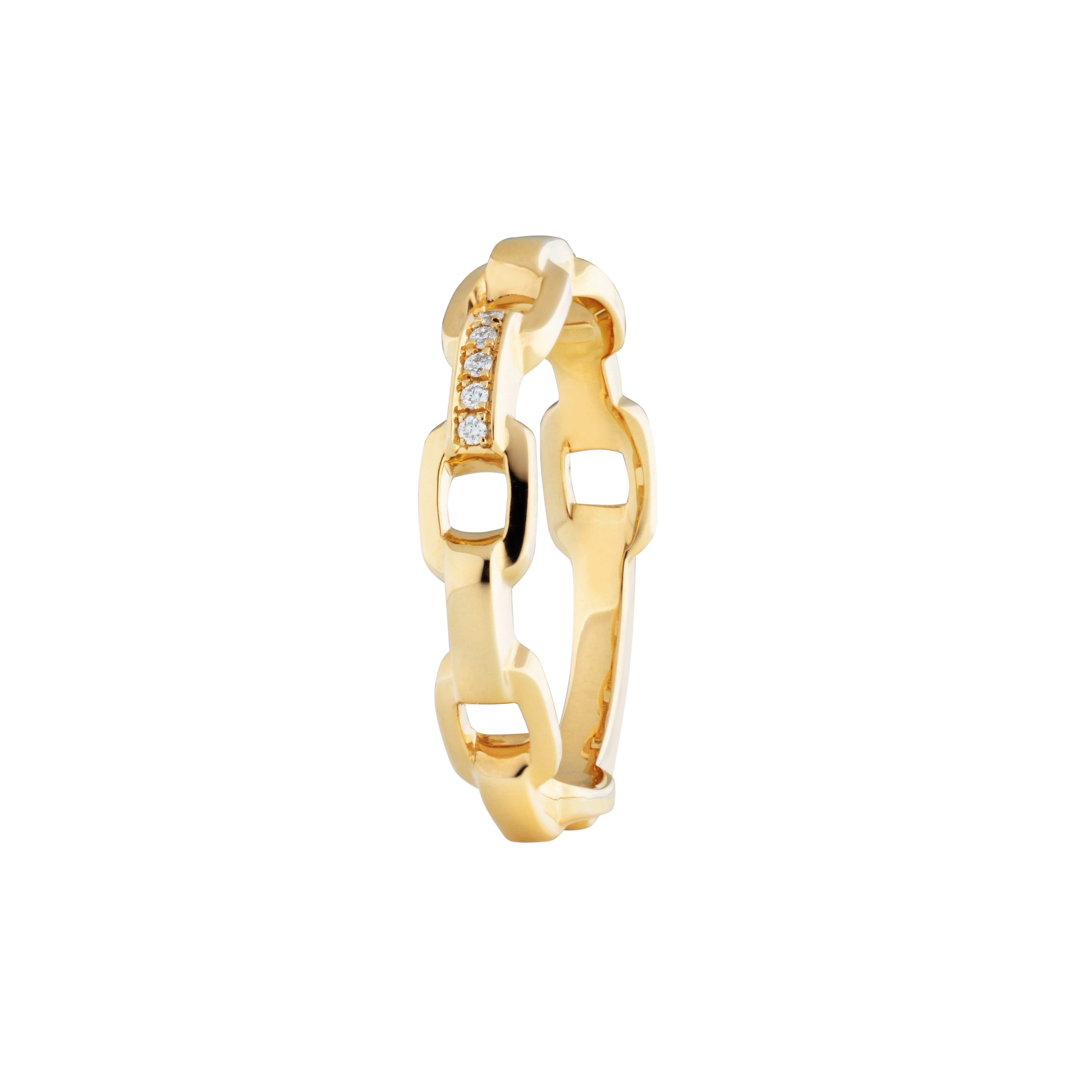Mother & Daughter
Love Lock Styling
Theresa: Mommy, what exactly does it say on your love lock?
Andrea: My Love Lock carries our family history in its heart. The opening code is the wedding date of your daddy and me. The names of your three children adorn other lines. I find the colored diamonds in my favorite color, "blue," particularly enchanting - they always remind me of our vacations and the deep blue sea.
How to Wear
Our founder Andrea and her daughter Theresa wear the sparkling jewelry from the Love Lock collection.

Love Lock Bracelet
To the productFilters
The Love Lock
Men's Edit
White gold chic
Made from the finest 750 carat white gold, the Love Lock design has a modern and puristic look. The bracelet can also be ideally combined with your favorite watch.
View Love Lock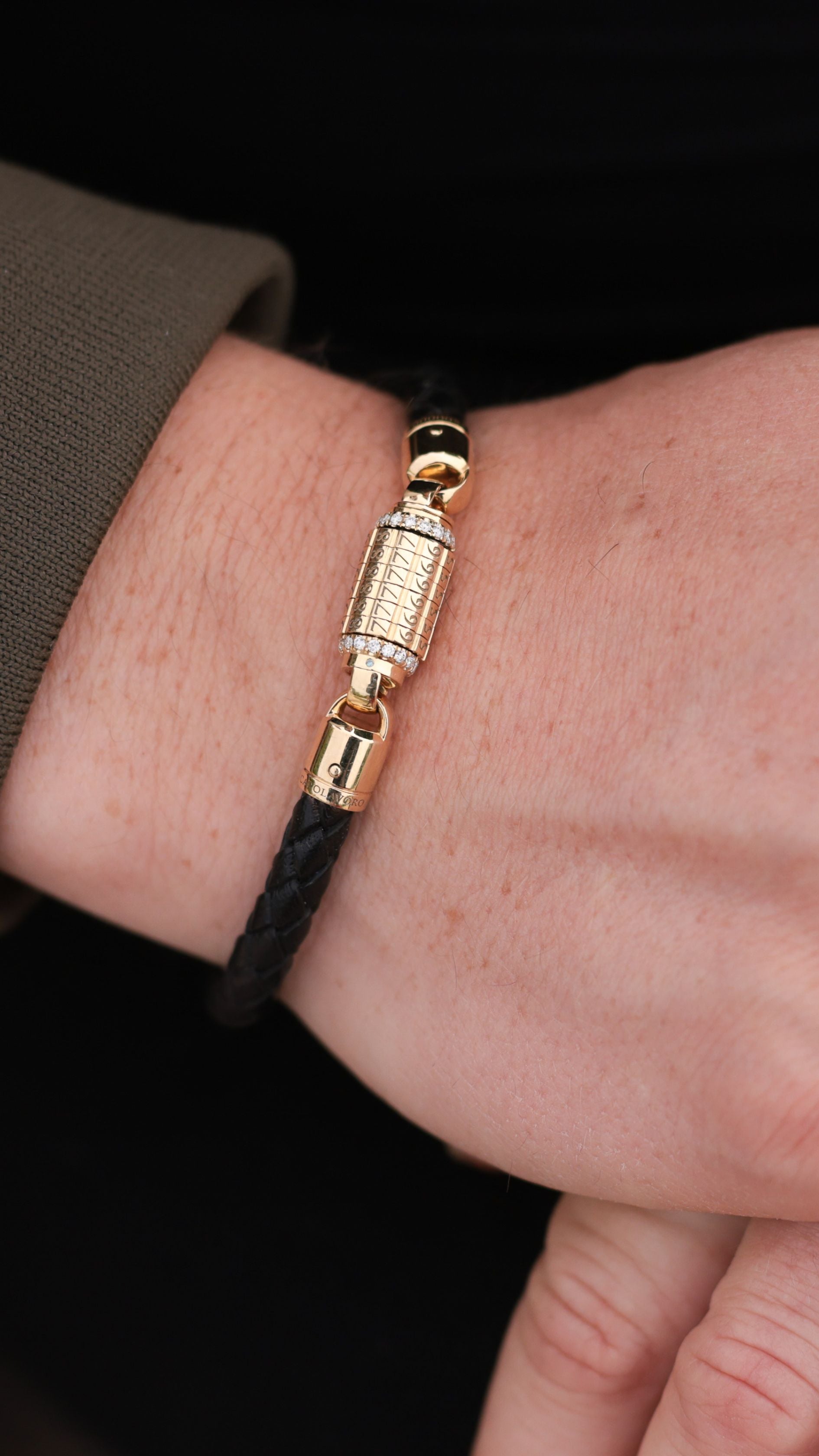
Casual leather bracelet
Discover the Love Lock with casual leather strap. Cool, relaxed and always on trend, it combines modern style with timeless elegance. Perfect for every day and every occasion.
View Love LockPlay it Cool with Gold
The small version of the yellow gold Love Lock bracelet is a statement for style-conscious individualists. A must-have for anyone who likes it cool yet elegant.
View Love LockOver
The history of the combination lock
The history of the combination lock is a fascinating journey through the development of security technology, from early mechanical inventions to modern digital systems.
Early beginnings
The roots of the combination lock go back to ancient Rome. Primitive forms of combination locks existed as early as the first century AD. These early locks were often made of wood or metal and used a simple mechanism in which discs with engraved numbers or symbols had to be aligned to open the lock.
Middle Ages and Renaissance
During the Middle Ages and the Renaissance, locksmithing flourished. Combination locks became more complex and secure. Craftsmen in Europe developed sophisticated mechanisms that made it possible to create combination locks that were considered almost unbreakable for the time. However, these locks were often one-offs, made especially for wealthy customers or to protect treasures and important documents.
20th century
In the 20th century, combination locks underwent further development with the introduction of more robust materials and more precise manufacturing techniques. Combination locks became smaller, lighter and more secure, making them ideal for everyday use. These locks found widespread use in suitcases, lockers and bicycle locks.
Modern developments
Today, combination locks come in many different forms and applications. From biometric combination locks that use fingerprint or facial recognition to smart locks that can connect to your smartphone via Bluetooth or Wi-Fi, the technology has continued to evolve to meet the demands of modern security.







